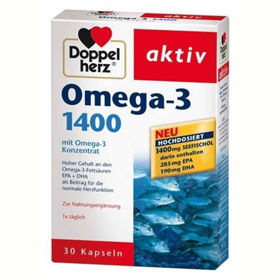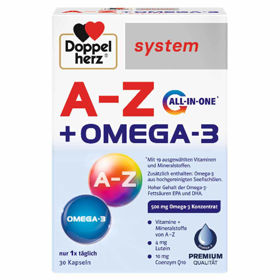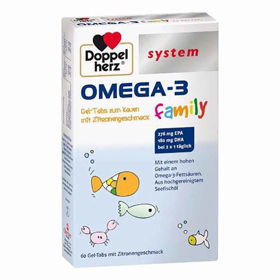Customer question:
How does vein cleaning work? Anonymous customer's question
Pharmacist's answer:
Vessel cleaning is usually performed to remove or reduce the accumulation of fatty deposits (atherosclerosis) and other deposits in the arteries that supply blood to the body. This procedure is also called angioplasty or endovascular therapy.
There are two main ways of cleaning veins:
Angioplasty with stent placement
The doctor first performs an angiography, a particular X-ray procedure for imaging the arteries with the introduction of a contrast agent. This determines the location and severity of the narrowing of the arteries. After angiography, a balloon is used to widen the narrowed artery. A balloon is inserted into the artery via a catheter and inflated at the site of the narrowing, widening the artery and allowing better blood flow through the narrowed area. Sometimes, a stent, a small metal frame, is used after angioplasty to prevent the artery from narrowing again. A stent is inserted into the artery to keep it open.
Endovascular surgery
Endovascular surgery is an invasive procedure used in more complex cases. Various devices, such as an aterectom, rotary catheter, etc., are used to remove plaques and narrowings in the arteries.
Both procedures are usually performed under local anesthesia or occasionally under general anesthesia, depending on the specific circumstances and the patient's medical condition. It is essential to understand that vein cleaning is a medical procedure performed by a specialist in this field. Patients should consult their doctor if they believe vein cleaning would benefit their health.
Is medical vein cleaning a painful procedure?
Medical cleaning of the vessels, such as angioplasty with a stenting procedure or endovascular surgery, usually does not cause severe pain during the procedure itself. This is because it is usually performed under local or general anesthesia, which prevents you from feeling pain during the procedure.
Nevertheless, some discomfort or mild pain may occur after the procedure. This depends on several factors, including the narrowing of the arteries, the number of stents inserted, and the patient's overall health. In most cases, patients report discomfort in the area where angioplasty was performed or a stent was inserted. However, this usually only lasts for a few days, and doctors can relieve the condition by prescribing pain-relieving medications.
Following the doctor's instructions and recommendations for recovery after the procedure is essential to reduce the risk of possible complications. Patients should also consult their doctor if they experience problems or pain after the procedure, which may indicate possible complications such as bleeding or inflammation.
How can we naturally clean the veins?
Naturally, cleaning the veins mainly involves changes in lifestyle and dietary habits, which can help reduce the risk of plaque formation and atherosclerosis.
Key factors and incentives for natural vein cleansing include:
- eating a healthy diet
- restriction of saturated fat and trans fat intake
- restriction of salt intake
- regular physical activity
- cessation of smoking
- stress management
- healthy body mass
- regular medical examinations
- certain nutritional supplements
It is essential to consult your doctor before changing your lifestyle and dietary habits, especially if you have pre-existing health problems or are at risk of cardiovascular disease. Talk to your pharmacist about possible natural supplements that could help you maintain healthy veins.
Interesting reading: Elevated triglycerides diet
Interesting reading: Bolecine v-much













